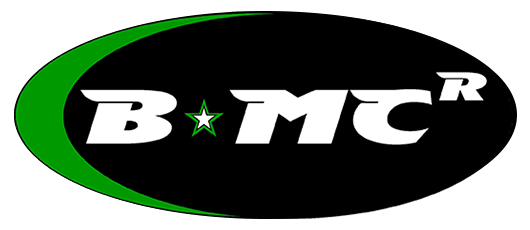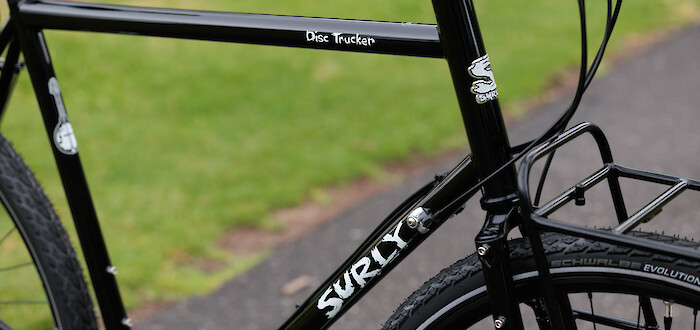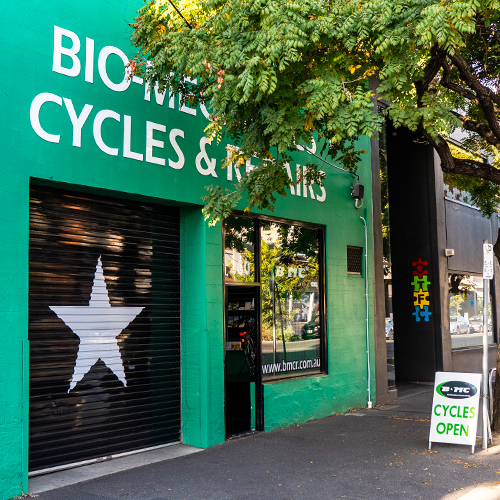Bad Bicycle Inventions


Some of the dumbest ideas ever to come out of the cycling industry
Ever since bicycles were first invented, people have been trying to find new ways to improve them. From frame design to the smallest internal bearings, each area has been examined, researched, and developed. Have they all been improved upon, though?
Not always.
We’re taking a look at some of the strangest inventions in the world of cycling technology, from accessories that do more harm than good to ideas which should have stayed on the drawing board (or gone straight in the bin).
Get your popcorn ready!

BENT CRANKS
Pro: Gives you an icebreaker at your local cycling meet-up.
Con: The theory doesn’t actually work in practice.

Move over, Di2 – bent or curved cranks were touted as a game-changer for the cycling industry. The claim? That they eliminate any dead spots in the pedalling cycle.
So how do they do that, exactly?
Well, that depends on who you ask.
In the pedalling cycle, bike riders naturally put more power through the downstroke and less power at the transitional 6 o’clock point at the bottom of the cycle. But don't despair! A bent crank eliminates this traditional issue of uneven force during the pedal stroke. (At least according to their manufacturers.)

With a bent crank, said these companies, the energy distribution of the pedal cycle is greatly improved, eliminating any dead spots, and resulting in a perfectly smooth pedalling action where all of the power is applied evenly. Cycling is not only more efficient, but also more enjoyable.
Well, that all sounds great, doesn't it?
The problem is that this theory doesn’t actually hold up.

The torque applied at the intersection of the bottom bracket relies on the force applied at the pedal. Regardless of the shape of the crank arm a pedal is bolted to, the circle of motion that the pedal goes through remains exactly the same. This is just pure physics, regardless of what any marketing copy says.
In addition, adding extra bends or shape to a crank arm not only increases its flexibility but also adds extra weight. Both of these things are the complete opposite of what you want when you're looking to increase speed and power output.
So if you’re wondering why bent cranks never really took on, your answer is: actual facts, not marketing spin.
For a deep dive into the phenomenon, this is an excellent read.
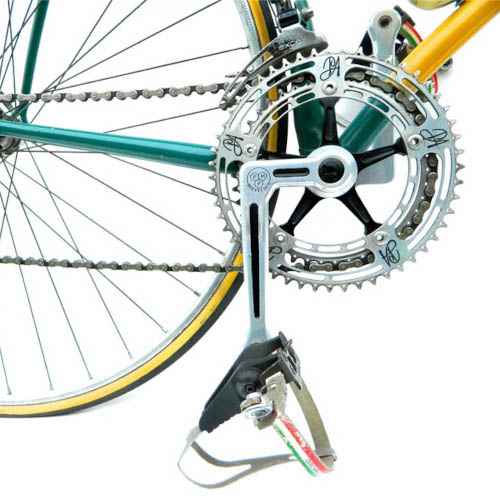
LASER ALIGNMENT TOOLS
Pro: Lasers!
Con: Fiddly to fit, rely on too many variables to be accurate.
Though we love a laser or two, a laser alignment tool is essentially an expensive toy.
It sounds like an awesome thing in theory: strap a gadget on to your headstem or rear derailleur hanger, press the button, and see instantly if everything is lining up in the correct place. If it’s not, tweak until perfection is achieved.
The catch? The tool’s design makes a lot of assumptions that may not actually be correct.
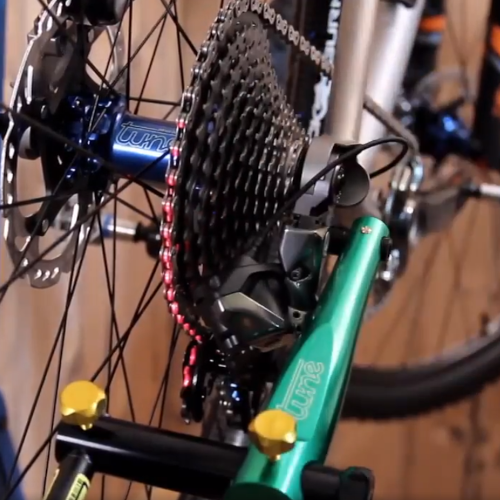
For example, the rear derailleur alignment tool purports to show you how to align your derailleur with each cassette cog to ensure perfect shifting. However, the whole idea only works if the rear derailleur hanger (the thing the derailleur bolts to) is completely straight, which it’s often not. (And, nope, the tool won’t help you diagnose or fix a bent hanger, either.)
It also doesn’t take frame alignment into consideration, which, as we know, is vitally important for a whole host of reasons.

Another critical problem is the different ways bikes work on the stand and out in the real world.
Running through the gears while your bike is on the stand will tell you only one thing: that they work while the bike is on the stand. Once you put the bike on the ground and add a rider’s weight, which then brings torque and frame flex into the equation, it can be a completely different story. This is one of the reasons why we test-ride every bike we service – what’s working well in the workshop is not necessarily going to work so well on the road when there’s a person on top of it.

The headstem laser alignment tool is a whole other kettle of fish. For it to work, you need to strap it to your headstem… if it actually fits. In practice, we found that there were myriad common stem shapes that this tool would not sit on, thereby rendering it pretty useless.
The other big problem with the headstem tool was the fact that it needs a clear area to mount. This means that if your bike has Garmins, computers, lights, or anything else strapped to it, all of these things need to be removed (after recording their position) in order to fit the tool, then reattached after the work is done. It may not sound like much, but if you’re working on bike after bike after bike in a workshop, this adds up to a lot of extra time, not to mention the risk of putting things back the wrong way.
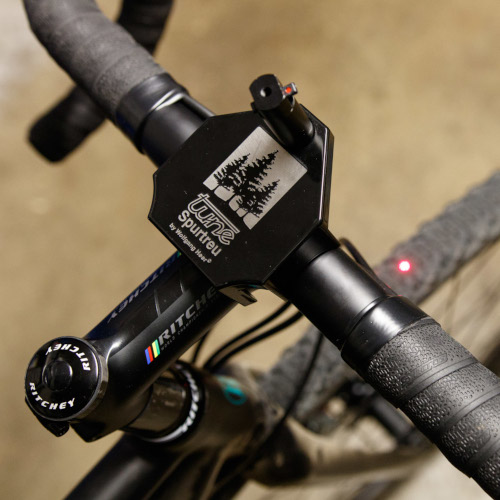
Overall, it’s a lot of time and trouble (not to mention expense) for a tool when you can achieve the same effect by simply checking the headstem alignment while you test-ride the bike.
And, if your sight is wonky or you can’t judge distances correctly, use a plumb line. The cost? A bit of string and a small weight.
In an ideal world, if everything was straight and precisely set, then these kinds of tools can be a good visual guide.
Let’s face it, however: they cost a lot of money for something that is relying on a lot of unknown variables to give you the correct result.

COLOURED CHAIN LUBE
Pro: Great for social media.
Con: Doesn’t work as well as advertised.
Have you ever looked at your drive train and thought, “If only there was a product that would let me gum up my chain with flair?”
Well, you’re in luck, because there is: coloured chain lube!
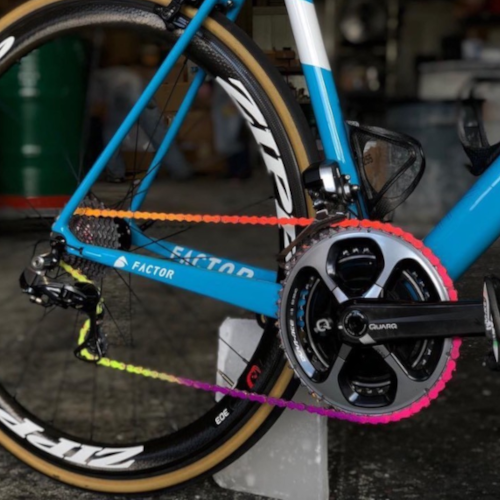
We understand the desire to add some colour to your bike. The problem is that this chain lube, well, doesn’t really lube the chain very well.
It’s designed to colour the outside of the chain links, but that’s not where lube needs to go; the most important area to lubricate is between the rollers. The product doesn’t really reach there unless you rub it into every link by hand. (And, as you can imagine, this is a messy business.)
The company producing it also admitted that this was the case, which is kind of interesting.

Even if you do rub it in properly, the most common complaint with this lube is that it’s not long-lasting; your chain will be squeaking by the end of your ride. Better still, if you over-apply it to try to fix the squeaking issue, it gums up everything, including your jockey wheels.
Adding to the overall messiness, it also manages to get itself onto other parts of your bike. Like your rotors.
Overall, this chain lube lubes everything except the bit of the chain it’s supposed to. Save your pennies for something nicer.

MINIMALIST PEDALS
Pro: Lightweight.
Con: Impractical, expensive.
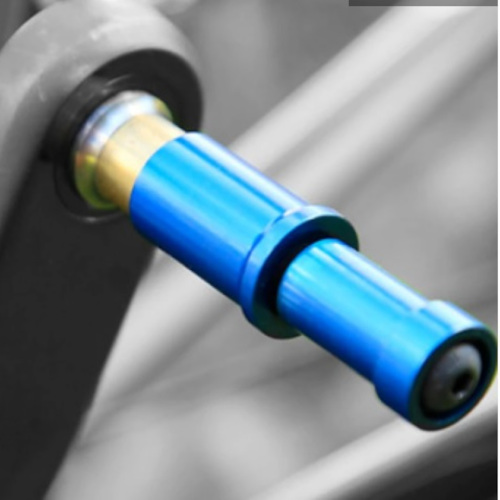
At first glance you might think that a pedal’s fallen off the crank, but no: that’s the pedal itself. This is a style of cylindrical pedal, touted to be extremely lightweight and hard-wearing.
OK, let’s roll with it. The obvious question is: how do you clip in? We’re glad you asked. It’s via a bulky plastic clip that has to be drilled into the sole of your shoe. (Yes, your expensive carbon road shoes.)
Once you’ve installed the clip, you are now basically walking with a pedal attached to the bottom of your feet. Even better, walking on the clip also deforms it, making it harder to use.
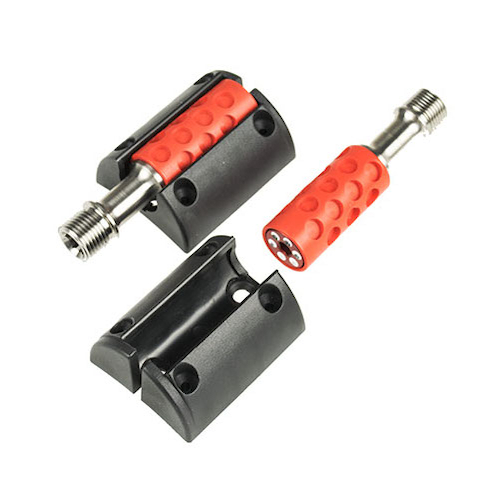
This style of pedal also offers no float whatsoever, which can be a problem if you have knee issues – a very common problem among cyclists.
So if you’re an absolute weight weenie and don’t mind not being able to walk in your road shoes, then.... they’re OK, we guess? Going by the reviews, devotees love them, while most others who have tried them would rather eat their own hair than use them again.
Oh, did we mention they’re expensive? THEY ARE SO VERY EXPENSIVE.

CANTILEVER A.B.S. BRAKES
Pro: .... er.... at least you tried?
Con: Didn’t actually work.
First of all, what’s ABS?
Let’s look at it in the context of a car first, as that’s the most common place you’ll find them.
If you’re driving and then slam on your brakes, the brake pads will clamp hard on the brake disc rotor. If they clamp hard enough, they’ll lock the wheel in place. A locked wheel usually ends up skidding, which is clearly not ideal.

With an ABS (anti-lock brake system) setup, the brake pads instead use a pulsing action to slow the car down without locking the wheels. This allows you to still have some directional control – a locked wheel doesn’t give you this option, regardless of what you’re riding, as anyone who’s skidded off a road or path will probably remember (assuming you didn’t concuss yourself).
ABS has been used on planes and cars for many years, and some ebikes are also now designed with this system.
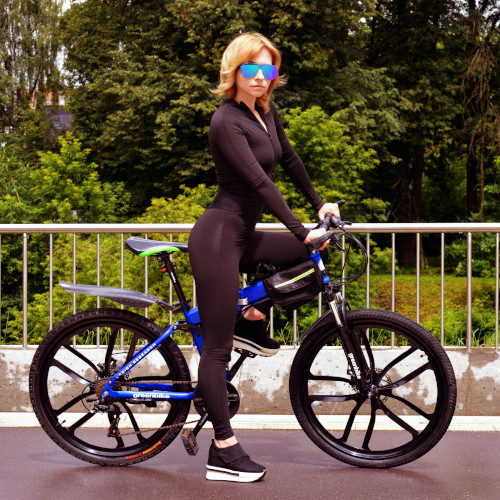
Back in the mid-90s, a handful of companies decided that ABS was so great, why not put it on a mountain bike?
It turns out, there were several reasons.
Here’s an example from Brovedani, an Italian manufacturer.
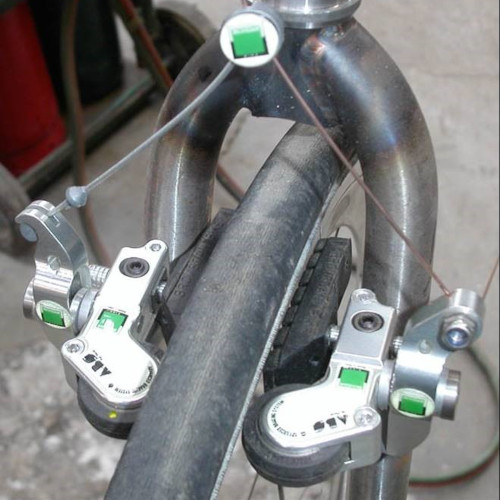
Brovedani's cantilever ABS brake had a roller in front of the brake pads, which you can see in the picture. As you pulled on the brake levers and the pads touched the rim, the roller drove a cam which pulsed the brake pads against the rim to achieve an ABS system. In theory.
Why didn’t it work? Because an ABS system needs weight behind it to work, which is why it’s used on cars/planes/heavy ebikes, not regular bikes.
Companies also faced the challenge of scaling one down to fit a bicycle without making it bulky and cumbersome. In the end, it was probably a moot point as they were trying to apply the technology to cantilever brakes, and, let’s face it, a cantilever brake is never going to lock up in the first place.

REVERSIBLE TREAD TYRES
Pro: Good idea in theory.
Con: Imagine the weight of two tyres in one. (Also, possibly fatal to tubes.)
Launched in 2004, Vittoria’s Revo KXS seemed like a great idea at the time – a reversible tyre you could use both ways.
With a slick racing tread on one side and a wet-weather tread on the other, you got twice the tyre mileage for the price of one.
Vittoria also touted it as providing double flat protection, claiming that it was a “bravura exposition of all Vittoria’s leading technologies”.
Did it set the cycling world on fire?
It did not.
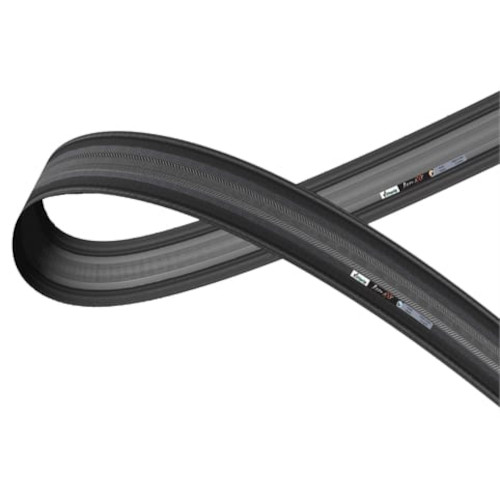
As you can probably imagine, double flat protection meant double the weight. We were privileged (??) enough to fit a couple of sets back in the day, and can confirm that the Revo KXS was one heavy mother.
(From memory, the tread on the inside also left imprints on the tube, which could potentially have led to tube failures but this part is pure speculation. Hey, it was almost twenty years ago.)
Regardless, whatever marketing hype they threw at it, the Revo KXS sank without a trace, leaving only a ripple on obscure eBay stores.

THE BICYCLE BUNGEE
Pro: Excellent for torturing a fitter rider.
Con: At least you’ll die together. Especially if one of you goes over a cliff. #teamworkmakesthedreamwork

Finally, how can we do a blog post on useless inventions without mentioning our favourite WTF product, the Bicycle Bungee?
For those who have not had the pleasure of meeting this creature, the Bicycle Bungee is a towing system, comprising a retractable cord with a hook at one end, designed to connect two bikes together via a long, stretchy cable.

You fit the system to the seat post of the stronger rider’s bike and head out for a pedal.
Mid-ride and feeling a bit tired? Should you stop and take a rest?
No! You’ve got Bicycle Bungee!
Just grab the cord, hook the end over your handlebars, and get ready to be towed uphill/downhill/off a cliff.
Does the hook connect in the centre of your bars for a consistent pulling force?
Also no! You’ll have to make sure you correct your steering to counteract the sideways force. Just try not to go around a tree in the wrong direction.

But what if you get sick of being towed along? All you need to do is release the hook and watch the cord retract in a whiplash fashion.
(And if you’re trying to get a divorce, see if you can “accidentally” get the hook to go into your partner’s spokes. Voila! No more partner rides.)
Aaahahahahahahahahahahaaaa
So there you are -- just a handful of strange, bizarre and sometimes stupid inventions that the world of cycling has managed to produce.
In a sport that combines technical precision, machinery, passion and engineers, we also know that there are bound to be more to come. But, hey, that’s how things evolve, right?
Missed something you think should be included in our rogue's gallery? Let us know!
